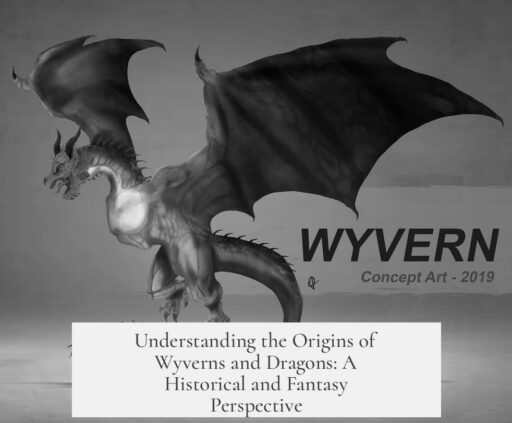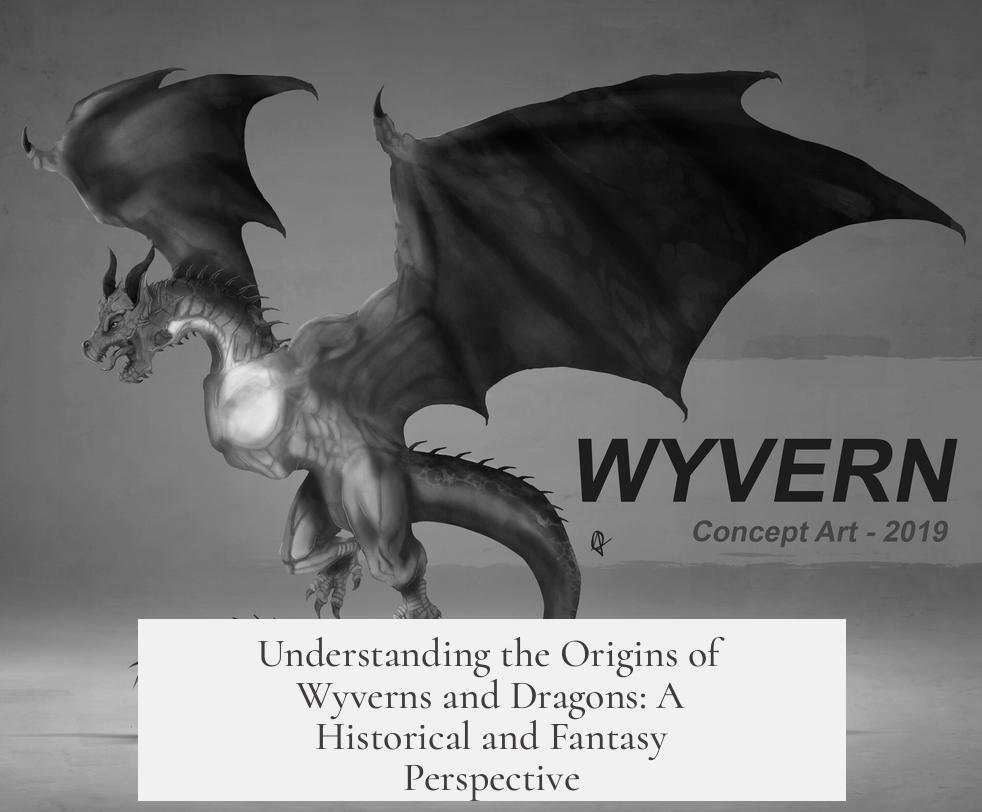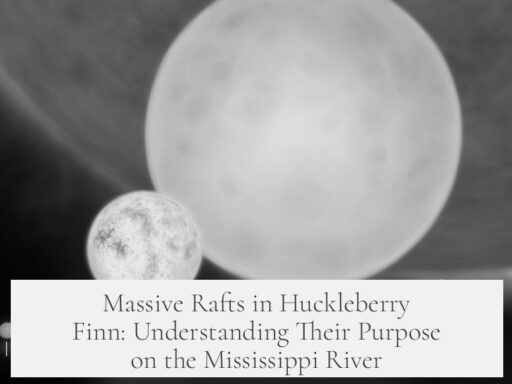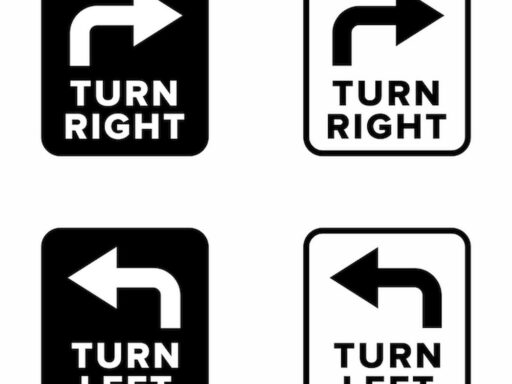The distinction between wyverns and dragons originates primarily from British heraldry, where the need for precise representation of family devices led to a formal difference based on the creatures’ limbs: dragons have four legs, while wyverns have two.
Historically, English used a variety of terms for large reptilian beasts, including “dragon,” “wyvern,” and “worm.” This variety arose from English’s complex linguistic heritage, blending Old English, Old French, Latin, and other influences. Consequently, these words initially had overlapping or synonymous meanings in folklore and common use.
The word “dragon” derives from the Latin draco. By contrast, “wyvern” likely shares a root with the word “viper,” linking it etymologically to snakes. Despite these distinct linguistic origins, early stories and legends treated both terms similarly, often interchangeably describing monstrous, reptilian creatures.
The meaningful differentiation emerged in the sixteenth century, within the framework of British heraldry. Heraldry required unambiguous descriptions of the creatures depicted on coats of arms, banners, and seals. During this period, some noble families’ emblems showed four-legged dragons, while others depicted two-legged creatures of similar appearance. To clarify these differences, heraldic tradition began labeling two-legged creatures as “wyverns” and four-legged ones as “dragons.”
This heraldic classification was specific to England and its traditions. Other European heraldic systems, including French and German, did not adopt this strict division. Instead, they used their local terms for dragons without differentiating limb counts. The English system’s unique approach served practical needs of quick and clear visual communication within heraldry.
More extensive studies confirm this development. Arthur Fox-Davies’ 1909 book, A Complete Guide to Heraldry, details the early use of these creatures in heraldic art. Similarly, Rodney Dennis’ 1975 work, The Heraldic Imagination, examines how these traditional distinctions evolved over time.
The heraldic distinction influenced modern popular culture during the late 20th century. Fantasy literature and tabletop role-playing games, notably during the 1970s and 1980s, embraced and expanded the concept of wyverns as distinct from dragons.
In games such as Dungeons & Dragons, the wyvern is portrayed as a smaller, less intelligent creature than the classical dragon. Its two legs remain the defining visual trait, but it is typically depicted with features that add a layer of menace and differentiation:
- Possessing a poisonous bite and/or a venomous tail sting.
- Exhibiting less sentience and magical power than dragons.
- Functioning as swift, aggressive predators rather than majestic or wise beasts.
This fantasy portrayal builds on but also diverges from the original heraldic meanings, introducing aspects of behavior and power level not considered in medieval heraldry.
Summary of key points:
- The distinction between wyverns and dragons comes mainly from British heraldry in the 16th century.
- Dragons are four-legged; wyverns have two legs, a system unique to English heraldry.
- Before this, English used these terms more interchangeably due to complex linguistic roots.
- “Dragon” originates from Latin draco, while “wyvern” is related to “viper.”
- French and German heraldry did not develop this limb-based distinction.
- Modern fantasy media adopted and further differentiated wyverns, emphasizing smaller size, venom, and lower intelligence.
- Authoritative sources such as Fox-Davies (1909) and Dennis (1975) validate the heraldic origins.
Where Did the Distinction Between Wyverns and Dragons Come From?
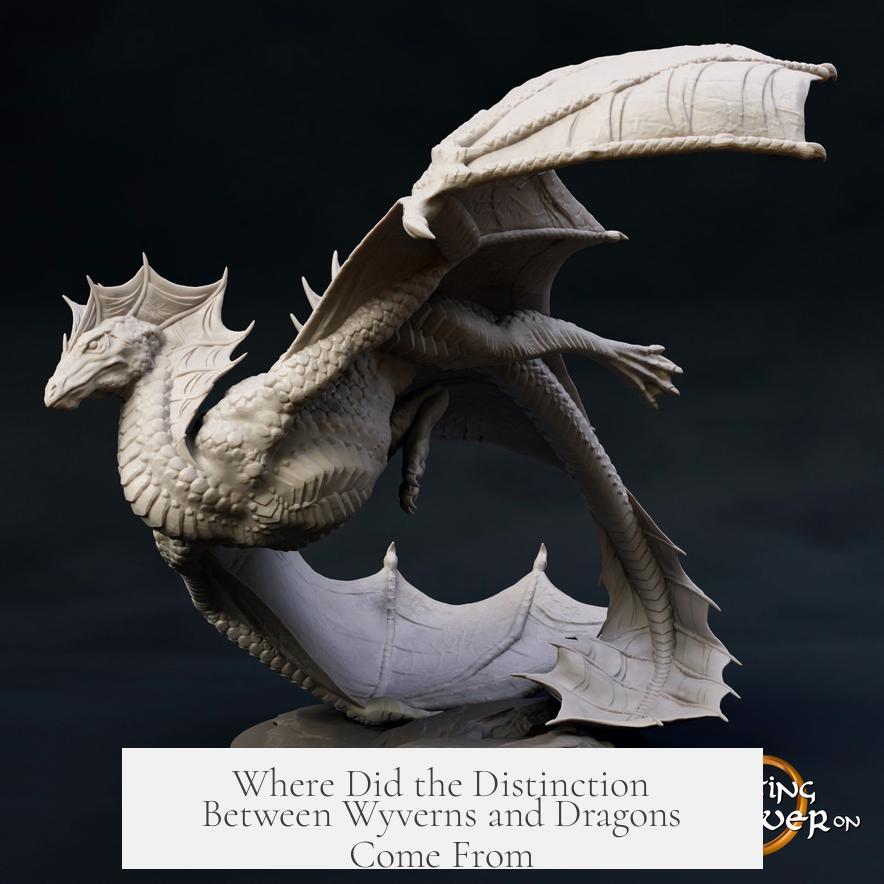
Simply put, the sharp split between wyverns and dragons comes from British heraldry in the 16th century. But hang on—there’s a rich tale behind this neat division, wrapped in language quirks, medieval art, and even modern fantasy gaming. Let’s unravel it.
Imagine the Middle Ages. Nobles want their coats of arms to look cool and unmistakable, so these monstrous reptilian beasts parade across banners. Enter the confusion: some dragons have four legs, some have two. How to keep it clear? The heralds—which is a fancy medieval version of graphic designers and official record keepers—decide to codify the difference. Wyverns get two legs, dragons get four. This system helps avoid mix-ups in battle and royal gatherings, where you might mistake one family’s banner for another’s if all dragons looked the same. The change sticks, and there you go: a two-legged wyvern vs. four-legged dragon distinction is born.
English’s Linguistic Quirk: The Root of Many Words (and Confusion)
English, being the cool mix-match kid on the language block, borrows from Old English, Old French, and even more players, so it ends up with a monkey wrench of synonyms for big scaly beasts. You get “dragon,” “wyvern,” and “worm,” sometimes used interchangeably. Initially, none of these words had a strict difference in meaning—just general words for mythical, hulking reptiles.
The word “dragon” descends from Latin draco. That’s your classic winged fire-breather. Meanwhile, “wyvern” probably shares roots with “viper,” hinting at its venomous bite or sting in folklore. But for a long time, folklore treated dragons and wyverns more like distant cousins. No strict rules.
Heraldry’s Need for Precision: The 16th Century Wake-Up Call
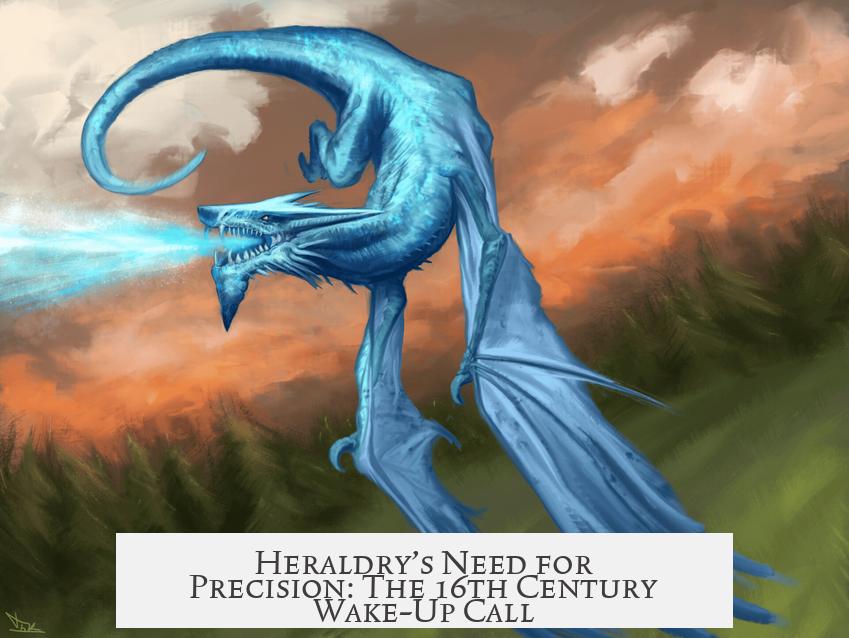
So, why bother at all? Heraldry demands clarity. Nobles demand clear symbols. The solution: dragons = four legs, wyverns = two legs. This rule spread only in English heraldry. Elsewhere in Europe, like France or Germany, the local terms just grouped all these beasts under one “dragon” umbrella.
Want proof? Two key texts document this split: Arthur Fox-Davies’ 1909 A Complete Guide to Heraldry and Rodney Dennis’ 1975 The Heraldic Imagination. These are like heraldry’s holy books, confirming that English heralds were careful beast-categorizing pioneers.
Modern Fantasy Embraces the Wyvern-Dragon Split
Fast forward to the 20th century, when fantasy fans rolled the dice in tabletop games like Dungeons & Dragons. Suddenly, wyverns leap off banners and into game manuals as distinct creatures. Here’s where the folklore-plus-heraldry cocktail turns into something fresh:
- Wyverns are smaller than dragons.
- They have two legs instead of four.
- Generally less brainy than their dragon cousins.
- And they often have some kind of poisonous bite or sting.
This reimagining perfectly suits game mechanics—players want clear monster profiles, stats, and different threats. Wyverns become more than just heraldic curiosities; they turn into iconic fantasy baddies.
The Bigger Picture: Why Do We Care?
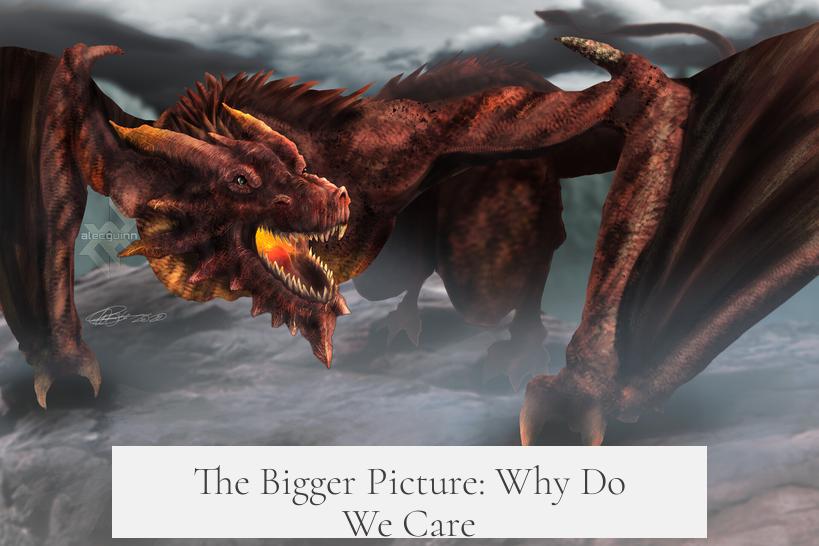
At a glance, this might sound like an obscure medieval trivia nugget. But the distinction tells us something cool about how stories, language, and art evolve. A practical need in heraldry—clear, quick descriptions of symbols—spills over centuries into language and popular culture.
Imagine you’re creating your own fantasy world. Understanding why wyverns have two legs and dragons have four isn’t just hat-tipping to tradition—it’s a powerful tool. It gives your creations a sense of history and depth. When readers recognize these details subconsciously, your world feels more alive and authentic.
Tips for Fantasy Writers and Game Designers
1. If you want to stick to tradition, assign two-legged creatures with venom a wyvern label. Four-legged, fire-breathing, intelligent beasts? Dragons.
2. Use the wyvern to convey a more animalistic, bestial monster—something intimidating but less cunning.
3. If mixing heraldic accuracy with fantasy, remember the distinction was specific to English traditions. You can flip or blur the line if your world’s culture differs.
What About Other Mythological ‘Worms’?
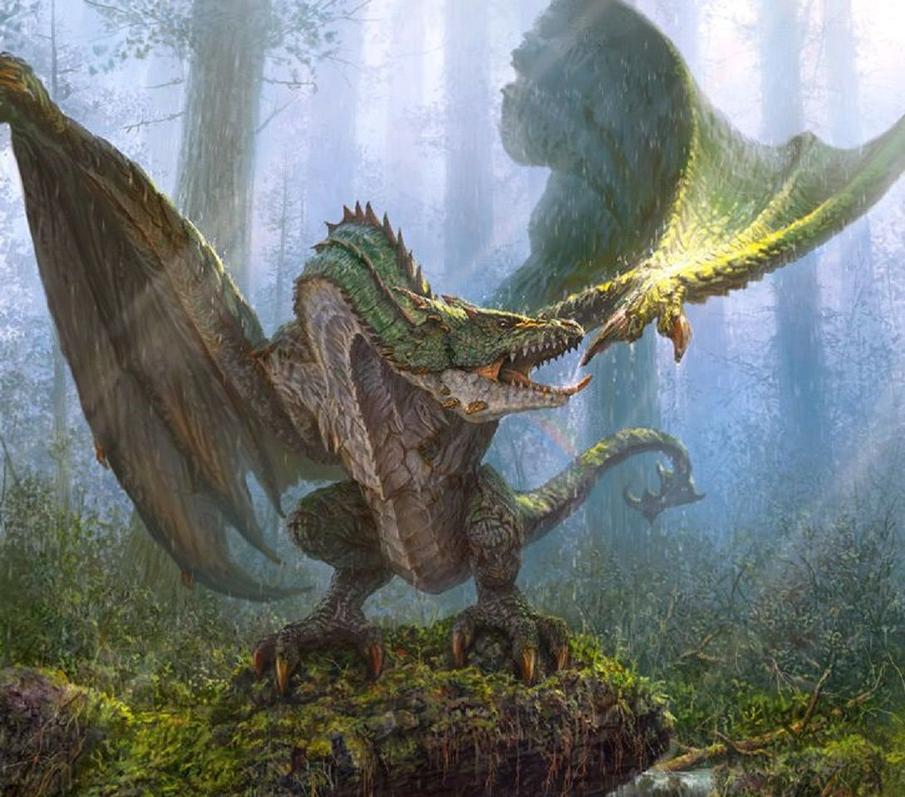
Curiously, English also has the “worm” — an old term for a dragon or serpent-like creature. Though less common today, “worm” reflects how muddled early nomenclature was. It reminds us that the wyvern/dragon split isn’t about biology, but culture, language, and art shaping myth.
Ready to Spot a Wyvern or a Dragon?
Next time you see a fierce reptilian beast on a medieval banner or in your fantasy novel, ask yourself: how many legs? If it has two, you’re likely gazing upon a wyvern, the poison-stinging, winged symbol of English heraldry’s quest for clarity. Four legs? That’s a proper dragon, roaring through centuries of legend.
So, where did the distinction between wyverns and dragons come from? In short: British heraldry carved the line in the 16th century to make noble symbols distinct and unmistakable, a division later embraced and expanded by modern fantasy geniuses.
Who knew medieval coat-of-arms guidelines would still shape how we imagine mythical creatures today?
